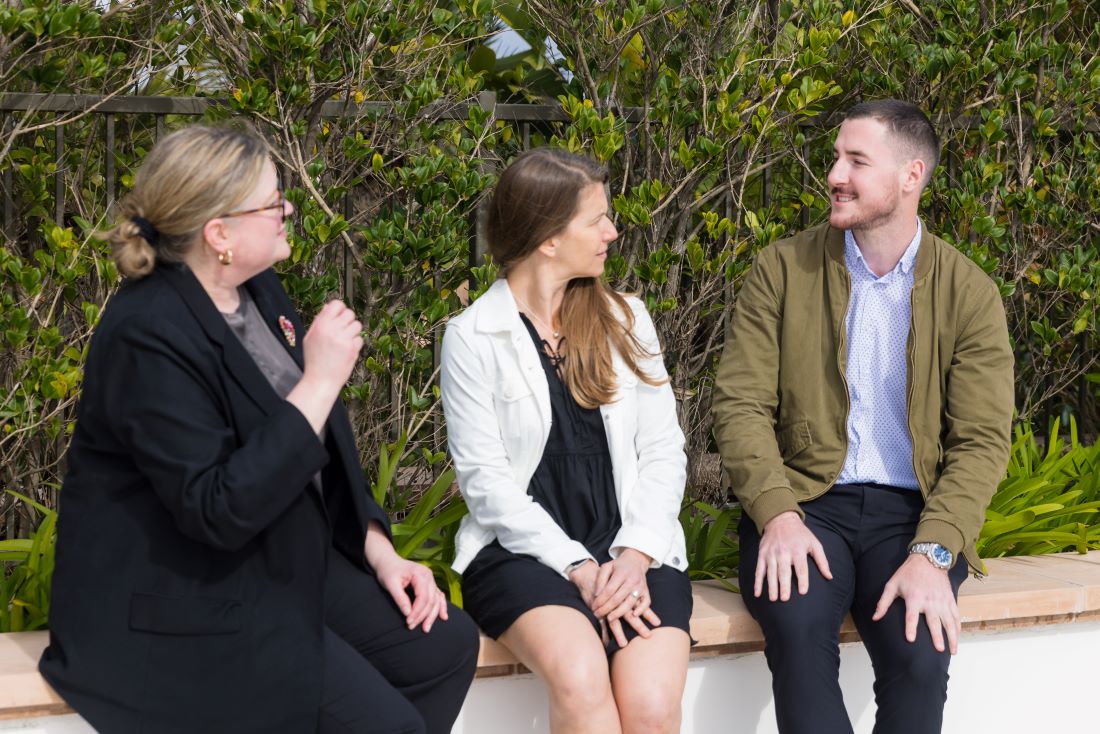
Follow these steps to see beyond the project and focus on lasting outcomes.
Organizations are constantly implementing new systems and processes to stay competitive. However, sometimes people are too focused on technical aspects and not the ultimate impact and long-term outcomes.
During a recent meeting, this became very clear to me. We discussed our client’s implementation of a new time-tracking system and the importance of challenging organizations to think bigger.
Take the client’s perspective.
During a part of this meeting, we focused on identifying key behaviors we wanted to see from stakeholders as part of the implementation process. My group’s focus was the client’s maintenance staff; the behaviors we wanted to see were efficiency and professionalism.
As we talked, I found myself thinking from the client’s perspective. If I were a client, why would I care about the behavior of Joe in maintenance when all I want is a new time tracking system? It’s a straightforward request, right? Just get the system up and running, and we’re good to go.
Look beyond the finish line.
We talked about the fact that implementing a new system isn’t just about the technical rollout. It’s about understanding the bigger picture and aligning the change with broader organizational goals and outcomes.
At first glance, it might seem like our client’s objective is simply to streamline timekeeping and make payroll processing more efficient. But why do they want those things? Are they looking for insight into how employees are spending their time? Is it about eliminating manual processes to reduce errors and save costs? Or is there a larger goal? There is! Keep reading.
Use the power of “why.”
We explored what the client really hopes to achieve with the new system. One way to do this is a version of root cause analysis, or the “five whys.”
Client: We want a new time-tracking system.
Us: Why do you want that?
Client: To improve efficiency.
Us: Why is that good?
Client: It reduces the burden on staff?
Us: Why do you want to do that?
Client: So they can spend time focusing on customers.
Us: Why is that good?
Client: So customers are happy and loyal to our organization.
Us: And why do you want that?
Client: To sustain and grow our company.
By asking these questions, we discovered that the goal wasn’t just about tracking time, it was about creating a better customer experience.
Follow these steps.
How can we help organizations to think this way?
- Ask the right questions. Encourage clients to really explore the reasons behind the change by asking, “Why is this change important?” and “What long-term benefits are we aiming for?” Push them to go beyond the project milestones and make connections they might not have considered.
- Begin with the end in mind. Kick off the project by clearly outlining what you want to achieve. What are the ultimate goals? How does this change align with the organization’s mission and values? Help the project team keep their eye on the prize.
- Communicate the big picture. Everyone needs to understand the outcome you are aiming for and in what ways they are essential to reaching that vision. Build the right messaging and make that the foundation of all communications and training.
- Focus on behaviors. Change isn’t just about process or technology; it’s about how people engage with them. Identify the key behaviors that will drive the change and create strategies to encourage these behaviors. Then communicate, train, and reinforce those behaviors.
- Think beyond the immediate impact. Think past “go-live” or “Day One.” What activities and behaviors do you need from the project team and from stakeholders to reach and maintain your ultimate goal?
As change leaders, we must help clients see beyond the project and understand how these changes fit into their bigger vision. By connecting the dots from an operational change to a broader strategic objective, we can focus everyone’s energy on these impactful outcomes.




